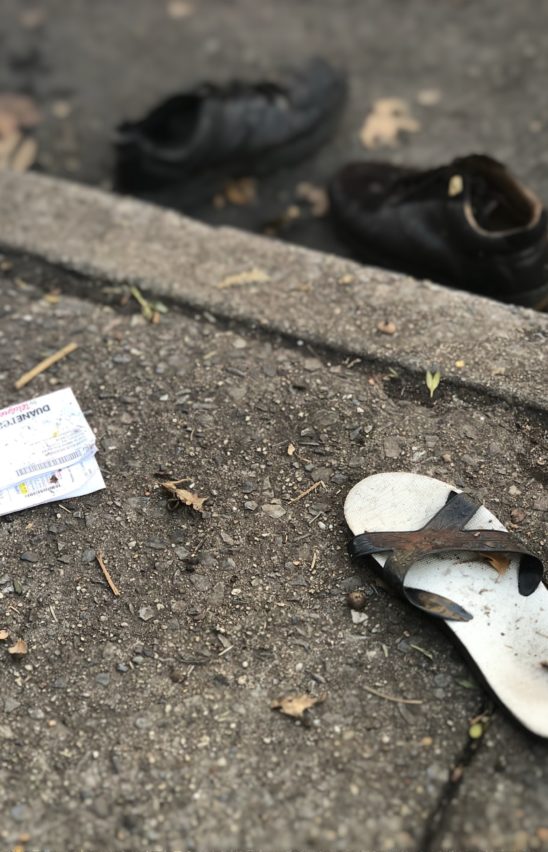
Brand: how to make a successful comeback ?
In September, you could find on the way to school the small colored satchels that delighted school children and their parents in the Eighties. Almost killed by the heroes of the Barbie era, Kittie and other Batmans, the brand whose slogan “T’as ton Tann’s”* the thirties and their parents remember, is now back after a long absence: nearly 200,000 schoolbags are sold each year.
Although this comeback may be surprising, it is not an exception.
Several major brands became outdated, but then succeeded in seducing consumers again, thanks to the richness of their heritage and the strength of their DNA.
Tann’s and its satchel, Lafuma and its gym bag, K-Way and its windbreaker, Converse and its sneakers, Pataugas and its walking shoes or Alpine and its sports car: all these brands have impacted several generations and they remain anchored in their collective imagination despite a period of declineor even cessation of sales.
Thanks to a singular DNA, these brands knew that, in order to revive, they could and had to capitalize on memories. They revisited features of their products, and rethinked their communication strategy to recapture the interest and purchases of their audiences. These three factors, when managed correctly, helped them succeed in their comeback.
A successful revival must first of all respect the historical codes of the brand.
It is essential to come back to the fundamentals of the brands, to its DNA and to its products: the legendary silhouette of the Renault Alpine, the inimitable zipper of the K-Way, the specific shape of the Converse or the Pataugas.
For the brands that wanted to take too much freedom with their DNA, the comeback can quickly fail: Solex painfully learnt so when attempting to return in 2004. By deciding to export its production and by preferring a lower quality of components, the brand ignored the historical “Made in France” specificity of its production, and it failed in its attempt to reconquer the market.
Respecting the historical codes of the brand also means reinterpreting them in the light of current trends.
Tann’s understood this, and to his historical slogan “T’as ton Tann’s?*, the brand replies today with” T’as ton Tann’s, t’as ton style “**. By targeting the thirties who had known this slogan in their youth, the brand is known worn on the shoulders of their children.
But the success of the comeback is not only about respecting communications codes. It also requires an adaptation, or even sometimes a profound evolution of products.
The ability of these brands to revisit their flagship product, to imagine variations, and to expand their range of products is the third component of a successful comeback.
K-way innovated by expanding its collections and especially by switching to new antiperspirant materials.
Tann’s abandoned the crust of leather to choose materials just as solid, but lighter and more environmentally friendly.
To make a successful comeback is to succeed in making the product (re)live in its time.
K-way bet on a more selective distribution, leaving the aisles of sports shops to reach more glamorous fashion stores. The brand capitalized on the sound of its zip to launch a 100% web film that values the timeless k-way and its new comfortable material.
Converse moved away from sports stores to focus on a selection of trendy boutiques, paying particular attention to products placement and to its sellers’dress code.
In an ultra-consumerist universe, vintage brands are like a refuge, a capsule of nostalgia that comforts consumers in their desire to find familiar elements.
It is up to the brands to make their DNA revive, while capturing the codes and trends of the moment.
* You got your Tann ‘s ?
* You have your Tann’s, you have your style
